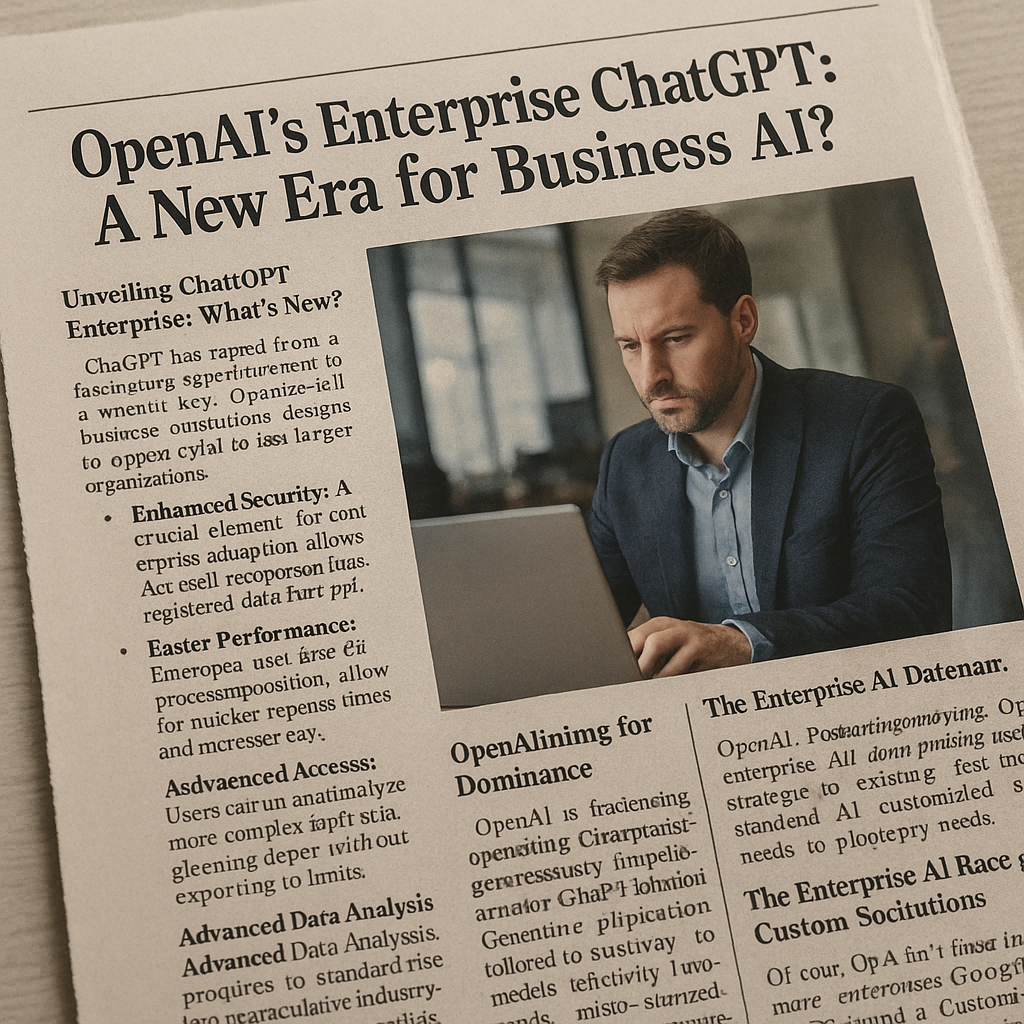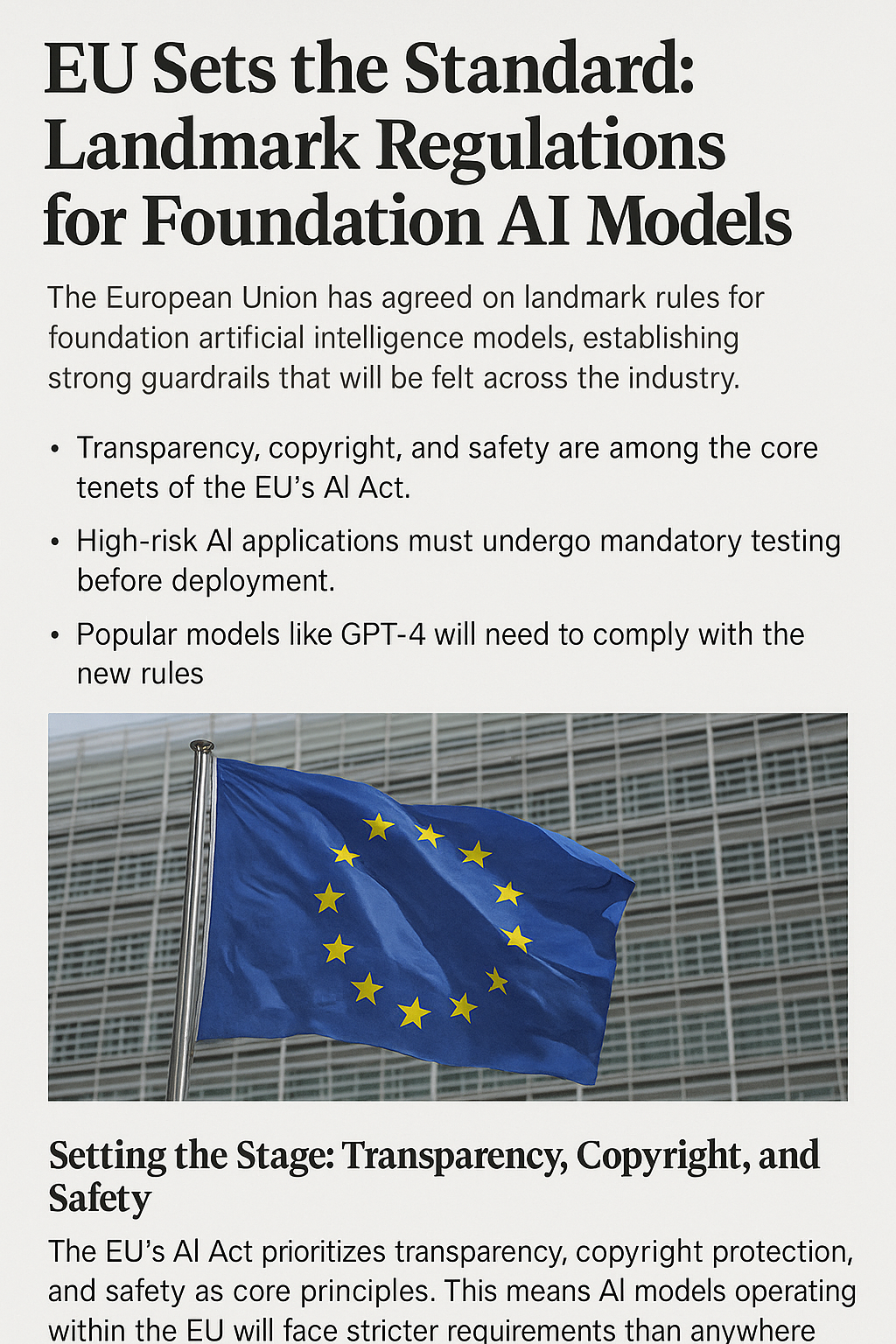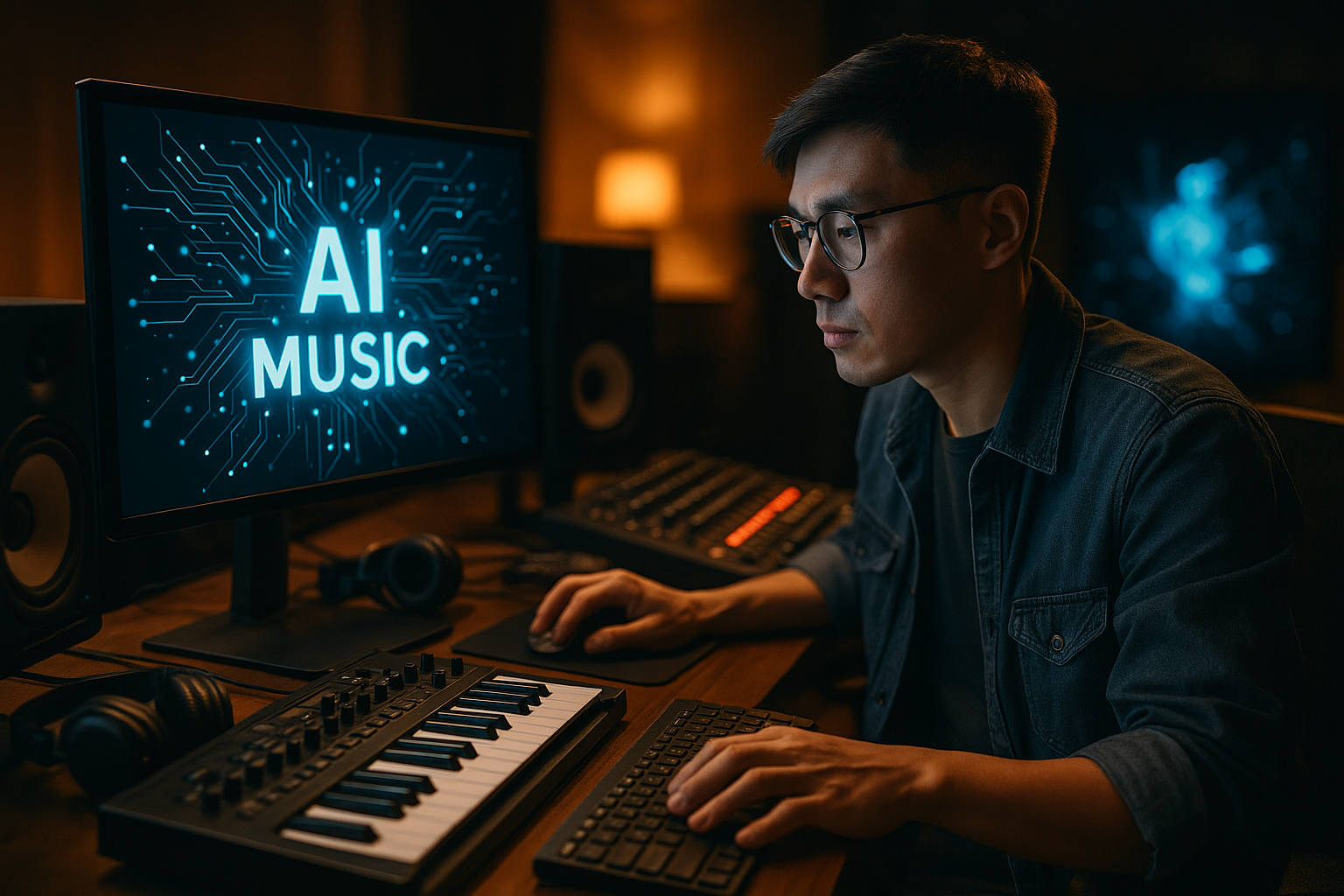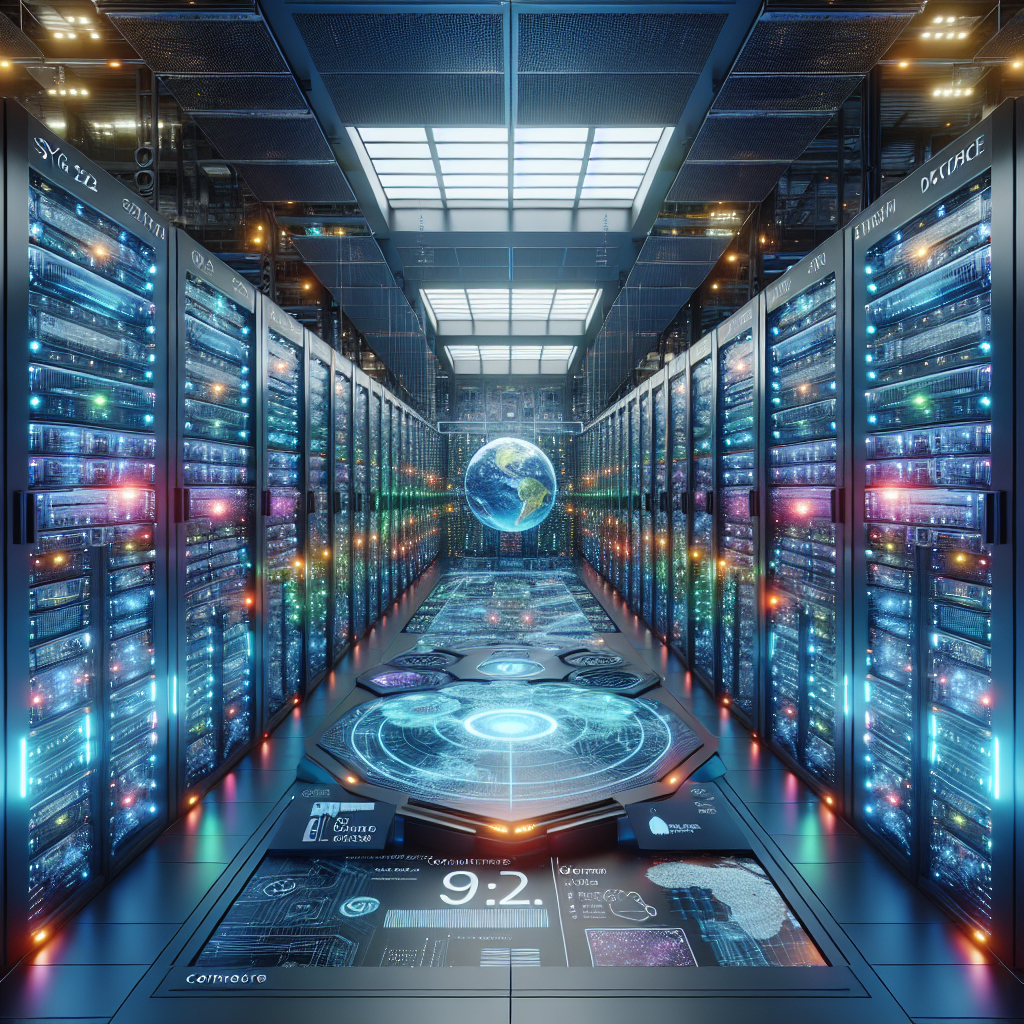Daily AI News 16.Oct. 2025 - AI Revolution: Enterprise ChatGPT, EU Regulations, Google's Video AI, and More

NVIDIA is building the AI backbone for real-time applications like autonomous driving, offering the hardware and software to accelerate development and deployment of autonomous systems. Discover how their end-to-end data pipelines and high-throughput model serving are revolutionizing transportation and paving the way for safer, AI-powered vehicles. Explore pre-trained models and datasets from tools like Hugging Face to integrate into NVIDIA's ecosystem and accelerate development.
OpenAI's Enterprise ChatGPT: A New Era for Business AI?
Is OpenAI's new ChatGPT Enterprise the key that unlocks a new era of AI for businesses, or is it just another player in the crowded enterprise AI race? Let's dive in.
Unveiling ChatGPT Enterprise: What's New?
ChatGPT has rapidly evolved from a fascinating experiment to a potential business staple. The Enterprise version boasts several key features designed to appeal to larger organizations. These include:

Enhanced Security: A crucial element for enterprise adoption, ChatGPT Enterprise offers advanced data encryption and privacy controls. This helps businesses meet stringent compliance requirements.
Faster Performance: Enterprise users benefit from significantly faster processing speeds, allowing for quicker response times and increased productivity.
Unlimited Access: Removing usage caps ensures that teams can fully leverage the power of ChatGPT without hitting frustrating limits.
Advanced Data Analysis: Users can now analyze more complex data sets directly within ChatGPT, gleaning deeper insights without exporting data to other tools.
Streamlining Workflows and API Management
Beyond the core features, OpenAI is focusing on integrating ChatGPT Enterprise seamlessly into existing business workflows. This includes streamlined API management, allowing developers to easily connect ChatGPT to other internal systems and applications. This emphasis on integration is critical for achieving true AI-powered workflow automation – imagine automating tasks like report generation, data analysis, and even customer service interactions. Tools like n8n, a workflow automation platform, can further enhance these capabilities.
OpenAI: Positioning for Dominance
With ChatGPT Enterprise, OpenAI is clearly positioning itself as a go-to platform for businesses seeking to implement generative AI solutions. They're not just offering a chatbot; they're building an ecosystem. This move aims to standardize the use of generative AI across Fortune 500 companies, making ChatGPT a familiar and essential tool in the corporate world.
The Enterprise AI Race and Custom Solutions
Of course, OpenAI isn't the only player vying for enterprise AI dominance. Companies like Google with Google Gemini and DeepSeek are also aggressively targeting the enterprise market. The key differentiator will likely be the ability to offer custom ChatGPT solutions tailored to specific industry needs. This includes fine-tuning models with proprietary data and developing specialized applications that address unique business challenges.
The future of enterprise AI will be defined by those who can seamlessly integrate AI into existing workflows, provide robust security, and offer truly customized solutions.
Ultimately, the success of ChatGPT Enterprise will depend on its ability to deliver tangible business value and demonstrate a clear return on investment. As the AI revolution continues, the focus will shift from simply having AI to effectively using it to drive productivity, innovation, and growth. Next, we'll look at how EU regulations are shaping the AI landscape.
EU Sets the Standard: Landmark Regulations for Foundation AI Models
In a move that could redefine the global AI landscape, the European Union has reached a landmark agreement on comprehensive regulations for foundation AI models. This positions the EU as a frontrunner in establishing guardrails for this rapidly evolving technology. But what does this mean for AI developers, businesses, and the future of innovation? Let's break down the key aspects.

Setting the Stage: Transparency, Copyright, and Safety
The EU's AI Act prioritizes transparency, copyright protection, and safety as core principles. This means AI models operating within the EU will face stricter requirements than anywhere else in the world. The focus is on creating a framework that fosters innovation while mitigating potential risks associated with increasingly powerful AI systems.
One of the core tenets is the disclosure of training data. AI developers will need to provide detailed information about the data used to train their models, ensuring greater accountability and potentially addressing biases that could creep into AI outputs. To create AI generated video, for example, it must be clear what training data it used. For example, Sora is OpenAI's video generation AI model that creates realistic and imaginative scenes from text instructions.
High-Risk Use Cases and Mandatory Testing
Certain AI applications deemed "high-risk," such as those used in critical infrastructure, healthcare, or law enforcement, will be subject to rigorous testing before they can be deployed. These tests will assess the model's robustness, accuracy, and ability to operate safely and reliably in real-world scenarios. The repercussions of non-compliance could be severe, potentially hindering market access for those who fail to meet the EU's standards.
GPT-4 and the Ripple Effect
So, how does this affect industry giants? Models like ChatGPT, the revolutionary AI chatbot from OpenAI, and other large language models (LLMs) will undoubtedly feel the impact. The EU's regulations could necessitate significant adjustments to their development and deployment strategies within the European market. This may involve re-evaluating training data, implementing more robust safety mechanisms, and enhancing transparency to comply with the new rules. This regulation could affect AIPRM as it works with different AI models and chatbots to help users get the most out of those tools with pre-designed prompts.
A Global Standard for AI Governance?
While the EU's AI Act directly impacts companies operating within its borders, its influence is likely to extend far beyond. As the first comprehensive AI regulation of its kind, it could serve as a blueprint for other countries grappling with the challenges of AI governance. We might see a domino effect, with nations adopting similar frameworks to ensure responsible AI development and deployment. This could create a more harmonized global approach to AI regulation, fostering greater trust and collaboration across borders.
Balancing Innovation and Compliance
The key challenge will be balancing the need for robust regulations with the desire to foster innovation. Overly restrictive rules could stifle AI development and push companies to relocate to more lenient jurisdictions. The EU must strike a delicate balance, creating a framework that safeguards against potential risks while still encouraging the growth and adoption of AI technologies. Some worry that the EU AI act will slow down innovation, but this act also pushes AI companies to innovate in the right way and maintain customer trust. Keeping up with the latest from the EU AI act and other important information can be found at AI News.
Google's Generative Video AI: Content Creation Redefined
The world of content creation is about to get a serious upgrade, thanks to Google's foray into generative video AI. This isn't just about creating simple animations; it's about redefining how we produce and interact with video content. Think of it as Photoshop, but for moving images; or like Sora, but with its own unique Google spin.

Revolutionizing Commercial Clip Production
Imagine being able to produce high-quality, short commercial clips in a fraction of the time and cost. That's the promise of Google's generative video AI. By simply inputting a text prompt, marketers and creators can generate engaging video content tailored to specific campaigns or target audiences. This democratization of video production could level the playing field, allowing smaller businesses to compete with larger corporations that have traditionally dominated the video marketing space. For example, instead of hiring an expensive production crew, a local bakery could quickly create a compelling video showcasing their latest pastry, all powered by AI.
Interactive Content Generation
Beyond simple video creation, Google's AI opens the door to interactive content generation. Imagine viewers being able to influence the narrative of a video in real-time, choosing different paths or outcomes. This level of engagement could revolutionize online learning, entertainment, and even advertising, creating truly immersive experiences. Think of choose-your-own-adventure books, but brought to life with AI-generated video. Tools like Runway are already exploring similar concepts, offering a glimpse into this exciting future.
Multimodal Input APIs: Unleashing Creativity
One of the most exciting aspects of Google's video AI is its support for multimodal input APIs. This means you won't be limited to just text prompts. You'll be able to combine images, audio, and even other video clips to create entirely new forms of content. This unlocks a whole new level of creative possibilities, allowing artists and designers to push the boundaries of what's possible with AI. For instance, a musician could use a snippet of their song as input, and the AI could generate a music video based on the song's themes and mood. This power also allows seamless integration with other AI tools like Adobe Firefly.
The Content Automation Race and Ethical Considerations
Google isn't the only player in the content automation game. Companies like Meta and OpenAI are also investing heavily in AI-powered video creation. This competition is driving rapid innovation, but it also raises important ethical considerations. As AI becomes more adept at creating realistic video content, it becomes increasingly important to address issues like deepfakes and misinformation. Google will need to establish clear ethical standards and guidelines to ensure that its technology is used responsibly. This is particularly important given the rising concerns of AI gaslighting.
Google's entrance into generative video AI has the potential to transform content creation as we know it. From streamlining commercial clip production to enabling interactive content experiences, the possibilities are vast. As AI-powered video marketing becomes more prevalent, businesses and creators who embrace this technology will be well-positioned to thrive in the future.
ByteDance Enters the Music AI Arena: Global Expansion and Creative Disruption
The AI revolution continues to disrupt industries, and now ByteDance, the parent company of TikTok, is stepping onto the stage of AI-driven music creation, poised to shake up the landscape and add fuel to the already intense creative AI global competition. Their entry could pressure Western firms to innovate even faster or risk falling behind.
ByteDance's AI Music Tool and Global Ambitions
ByteDance is developing an AI music composition tool designed to generate royalty-free music. The company intends to make this tool available to users across Europe and Southeast Asia, a strategic move to capture a significant portion of the global music market. This expansion signifies ByteDance's ambition to diversify its AI offerings beyond social media algorithms and video recommendations. The potential for integration with platforms like TikTok, as well as the possibility of licensing the generated music, sets the stage for new opportunities.
Revolutionizing Music Creation for Social Media and Advertising
The most immediate impact of ByteDance's AI music tool is its potential to transform music creation for social media and advertising. Imagine content creators on TikTok having access to a vast library of AI-generated music tailored to their specific video themes, all without the complexities of licensing. For example, a small business could use the AI to create a catchy jingle for a local ad campaign. It’s like having a personalized soundtrack generator at your fingertips. This could significantly lower production costs and democratize access to high-quality music, leading to a surge of creative and engaging content. Think of tools like Runway or Synthesia, that democratize video creation, now applied to music composition.
A New Era for AI Music Licensing

ByteDance's royalty-free music generation tool introduces a new paradigm for AI music licensing. By offering a library of readily available, AI-composed tracks, they are streamlining the process for businesses and creators who need music for various projects. This contrasts with traditional music licensing, which can be complex and expensive. As the AI music landscape matures, the dynamics of copyright and ownership are bound to evolve, prompting discussions about how to fairly compensate human artists and AI developers alike. A development like this could mean greater opportunities for using AI tools like ElevenLabs to create AI voice overs to add a new layer of depth to your AI-generated songs.
ByteDance's foray into AI music composition marks a pivotal moment in the creative AI space, and promises to reshape how music is created, licensed, and consumed, especially within the fast-paced world of social media. As competition intensifies, the music industry and content creators alike stand to gain from the innovation and accessibility that AI brings. The coming months will reveal how Western firms respond and how this new dynamic impacts the broader AI ecosystem.
NVIDIA's Real-time AI Infrastructure: Accelerating Autonomous Driving
NVIDIA is not just making graphics cards; they're building the very backbone of the AI revolution, especially when it comes to real-time applications like autonomous driving. Their comprehensive approach to AI infrastructure is designed to accelerate the development and deployment of autonomous systems, marking a significant leap toward the future of transportation.
Paving the Way for Autonomous Vehicles and Robotics
At the heart of NVIDIA's AI strategy lies a keen focus on autonomous vehicles and robotics. This isn't just about building self-driving cars; it’s about creating entire ecosystems where machines can perceive, understand, and interact with the world in real time. NVIDIA provides the hardware and software tools needed to train, test, and deploy AI models that power these systems. Think of it as building the digital nervous system for the next generation of machines that will work alongside us.
End-to-End Data Pipelines: From Data to Decisions
NVIDIA's infrastructure tackles the challenge of managing vast amounts of data, which is crucial for training robust AI models. They provide end-to-end data pipelines that streamline the entire process, from data collection and labeling to model training and validation. This involves using specialized hardware and software to accelerate each stage, allowing developers to iterate faster and build more accurate models. For example, tools like Hugging Face provide pre-trained models and datasets that can be integrated into NVIDIA's ecosystem to further accelerate development. It’s like having a well-oiled assembly line for AI, ensuring that data flows smoothly and efficiently.
High-Throughput Model Serving for Real-Time Responsiveness
Once AI models are trained, they need to be deployed in the real world, where they can make split-second decisions. NVIDIA addresses this with high-throughput model serving capabilities, enabling autonomous systems to process massive amounts of data in real time. This is essential for applications like autonomous driving, where vehicles must react instantly to changing road conditions and unexpected obstacles. Think of it as an AI traffic controller, managing countless data streams and ensuring safe, efficient navigation. This capability is essential in safety-critical AI applications.
Automaker Pilot Programs and Next-Generation Driver Assistance
NVIDIA is actively collaborating with automakers through pilot programs to test and refine their autonomous driving technology. These partnerships allow them to gather real-world data, validate their models, and work toward the development of next-generation driver assistance systems. This isn't just about full autonomy; it's about enhancing existing vehicles with AI-powered features that improve safety and convenience. Imagine a car that can anticipate hazards, adapt to driving conditions, and even assist with parking – all thanks to NVIDIA's AI infrastructure.
NVIDIA's work isn't just about technology; it's about transforming how we move and interact with machines. The focus on safety-critical AI applications underscores the importance of reliable and trustworthy AI in automated transportation.
Ultimately, NVIDIA's real-time AI infrastructure represents a significant step toward realizing the full potential of AI in automated transportation. By providing the tools and technologies needed to build and deploy autonomous systems, they are driving innovation and shaping the future of how we move from place to place. This commitment positions them as a key player in the ongoing AI Revolution.
🎧 Listen to the Podcast
Hear us discuss this topic in more detail on our latest podcast episode: https://open.spotify.com/episode/3jWOyaw9gGKJgXHBMAHcGm?si=rGVN30vLROO56PyiPgUG_A
Keywords: AI, Artificial Intelligence, Generative AI, ChatGPT Enterprise, EU AI Regulations, Google Video AI, ByteDance AI Music, NVIDIA Autonomous Driving, AI Governance, AI Ethics, AI in Business, AI in Music, AI in Transportation, Machine learning, Foundation models
Hashtags: #AI #ArtificialIntelligence #MachineLearning #GenerativeAI #Innovation
For more AI insights and tool reviews, visit our website https://best-ai-tools.org, and follow us on our social media channels!
Website: https://best-ai-tools.org
X (Twitter): https://x.com/bitautor36935
Instagram: https://www.instagram.com/bestaitoolsorg
Telegram: https://t.me/BestAIToolsCommunity
Medium: https://medium.com/@bitautor.de
Spotify: https://creators.spotify.com/pod/profile/bestaitools
Facebook: https://www.facebook.com/profile.php?id=61577063078524
YouTube: https://www.youtube.com/@BitAutor
Recommended AI tools
GitHub Copilot
Code Assistance
Your AI pair programmer and autonomous coding agent
Cursor
Code Assistance
The AI code editor that understands your entire codebase
Salesforce Platform
Code Assistance
Build, automate, and scale with next-gen AI agents and data on the #1 cloud platform.
Lovable
Code Assistance
Build full-stack apps from plain English
Miro
Productivity & Collaboration
The visual workspace for innovation
Bolt.new
Code Assistance
Build full-stack apps at the speed of thought—AI-powered, browser-native, instantly deployed.


